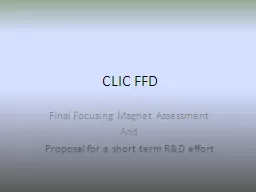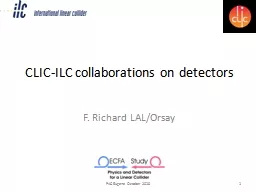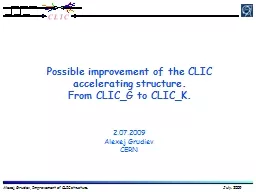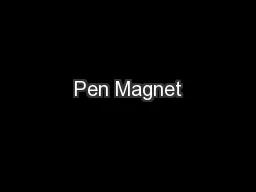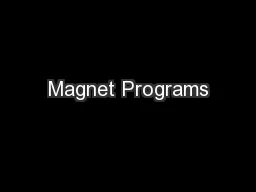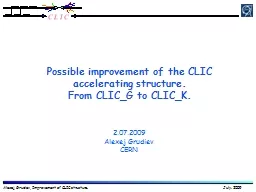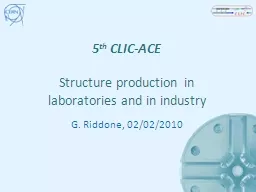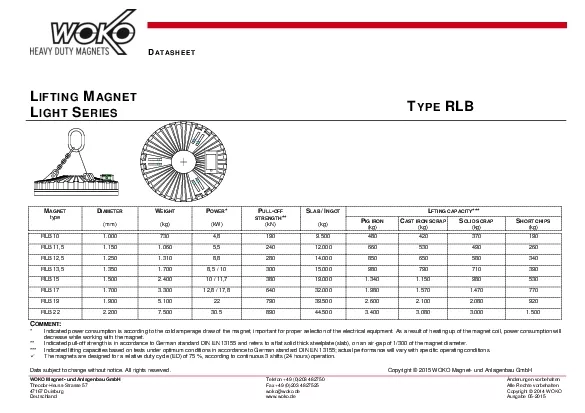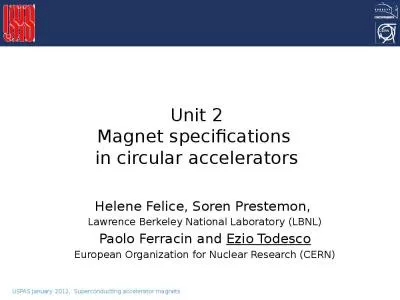PPT-CLIC FFD Final Focusing Magnet Assessment
Author : spottletoefacebook | Published Date : 2020-08-04
And Proposal for a short term RampD effort Recent Events Conventional Facility Design for NLC Stanford Linear Accelerator Center March 10 to 28 2003 CAREELAN meeting
Presentation Embed Code
Download Presentation
Download Presentation The PPT/PDF document "CLIC FFD Final Focusing Magnet Assessmen..." is the property of its rightful owner. Permission is granted to download and print the materials on this website for personal, non-commercial use only, and to display it on your personal computer provided you do not modify the materials and that you retain all copyright notices contained in the materials. By downloading content from our website, you accept the terms of this agreement.
CLIC FFD Final Focusing Magnet Assessment: Transcript
Download Rules Of Document
"CLIC FFD Final Focusing Magnet Assessment"The content belongs to its owner. You may download and print it for personal use, without modification, and keep all copyright notices. By downloading, you agree to these terms.
Related Documents

